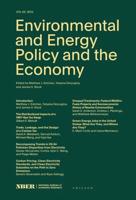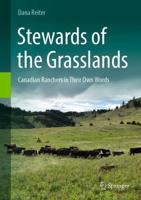Publisher's Synopsis
The price of food commodities - such as wheat, corn and rice - is unstable. It can suddenly shoot up, making food unaffordable for millions of people around the world, bringing hunger and famine. A shortage may be due to bad weather or to a human pandemic which disrupts the food system. The other side of the volatility coin is a grain surplus - too much grain on the market. A grain surplus can cause food prices to rapidly fall, wiping out the profits of farming families and jeopardising their livelihoods. The whole world would be better off if commodity prices were more stable.
The challenge is for governments to manage food and farming so that there are neither food shortages nor food surpluses. This book explores how governments can do this and uses theory and evidence to address major ideologies and global problems anew by:
- Exploring the causes, consequence and potential for moderation of food price volatility.
- Evaluating the various policy tools that have been proposed to eliminate hunger and reduce volatility.
- Concluding with a practical strategy to moderate volatility - grain buffer stocks.
In so doing the book addresses a core question: how can prices be managed for the benefit of consumers and farmers without impairing the efficiency of the market?
Authored by an agricultural economist with thirty years of practical experience in farm policy, this book will assist governments in the design of their food and agricultural policies. Requiring no prior knowledge of economics, it is essential reading for students, researchers and policy makers in the areas of economics, international and sustainable development, agriculture, and food security.










